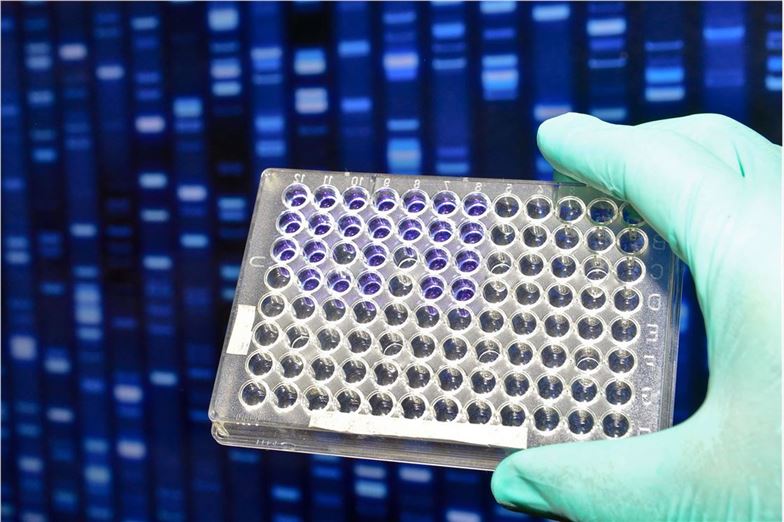BOC Sciences provides cost-effective screening library-related services, whether it is a synthetic custom-designed compound library or a designed compound library to advance customers' project. Our team of experts will meet the requirements of our customers.
New drug development began with the screening of a large number of compounds with different chemical structures and further optimization of the lead compounds. To meet the requirements of new drug development, BOC Sciences has constructed several small molecular compound libraries and can design the libraries according to the specific requirements. Our compound libraries have the advantages of diverse core structures, high quality, novel structure, high content of active compounds and so on.

DNA encoded chemical library (DEL) technology is a new small molecular drug screening technology. This technology uses specific DNA fragments to "record" the identity of a single small molecular compound, used for synthetic transformations. And it uses the principle of combinatorial chemistry to synthesize a large number of compounds with DNA fragments in the order of 1 million to 10 billion.
High Throughput Screening (HTS) is an experimental method that sets foot in both biology and chemistry fields, which is suitable for drug discovery. HTS enables researchers to rapidly perform millions of chemical, genetic, or pharmacological tests by using robotic technology, data processing/control software, liquid processing devices and sensitive probes. Through these processes, it is possible to swiftly identify active compounds, antibodies, or genes that regulate specific biological pathways. Results of these experiments provide a starting point for drug design and understanding of specific biochemical processes in biology.
In the field of drug discovery, fragment-based drug design (FBDD) methods are rapidly emerging as alternative methods for high-throughput screening. Molecular drug design is to cut the known drug molecules into pieces. Some of these molecular fragments may inherit all or part of the original pharmacological properties of these active molecules, and then be converted into better drugs. The core fragment of molecules with low molecular weight, according to the experimental results, usually weakly binds to the binding site. After further structural optimization, compounds with better properties will be obtained.
Among the small molecules with known biological activity in activity-based Libraries, some of them are drugs that have been marketed or in the clinical phase, some are classic small molecules with clear targets, and some of them show good biological activities according to preliminary literature reports. The activity-based libraries are designed to maximally fit specified activity areas by using a combination of validated descriptors and compound properties.
Diversity libraries represent the chemical space of reliable and diverse pharmaceuticals, including covalent inhibitor libraries, phenotypic screening libraries, etc. All compounds are validated and cover a wide range of targets.
Targeted and focused libraries are effective drug discovery tools for multiple key target families such as GPCRs, kinases, ion channels, nuclear receptors, and specific application areas such as the central nervous system characteristic space and anti-cancer research. These compounds consist of compounds with lead-like and drug-like properties.
Custom libraries help customers to select diverse compounds from BOC Sciences and specify desired quantities. BOC Sciences’ service team and scientifically trained personnel will be glad to help customers create a unique compound library to meet exact screening requirements.
The focus of library design has transferred to designing libraries based on numbers of properties simultaneously, such as diversity and drug-like physicochemical properties. These libraries can produce HTS hits with properties that make them suitable for use in medicinal chemistry.
The screening libraries at BOC Sciences consist of twenty-one libraries that can be used for drug discovery, laboratory drug screening, drug target identification, and other drug-related applications. Each library can be screened individually or used in conjunction with other libraries to match the requirements of the screening project and cover the chemical space to maximize the chances of finding a hit. We will continue to produce novel, lead-like and drug-like screening compounds. BOC Sciences's libraries contain diverse compounds with biological and pharmacological functions, which can be used as the high-content screening materials. To ensure quality, a complete appraisal report or analysis certificate of the purity and chemical structure of each compound is also provided by BOC Sciences.

Our libraries cover diverse chemotypes for broad screening needs, supporting efficient identification of active compounds for multiple applications.
Submit your inquiry to request a custom solution.
References
If you have any questions or encounter issues on this page, please don't hesitate to reach out. Our support team is ready to assist you.